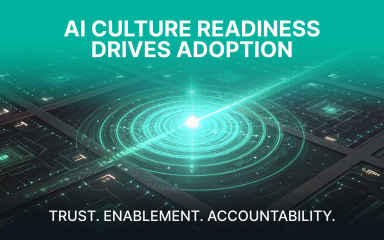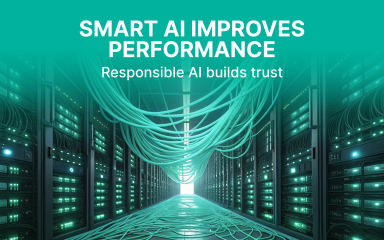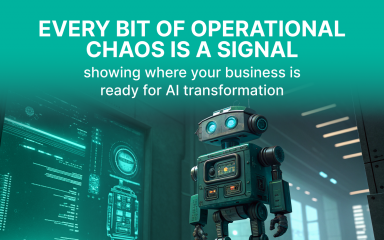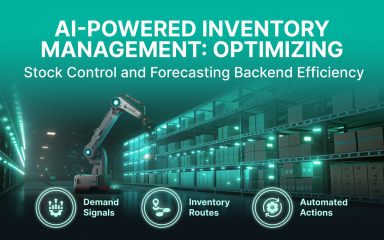Nowadays, there are a lot of changes in classic solution dev approaches. The life-cycle of a product and rapid app development become glued to modern IT frameworks, the more CTO and Product Owners admit the disrupts in the usual IT contribution.
One of the usual ways of IT developments is when the development itself and operations have both been measured by the effort that is being put into a specific project. It looks like that the more hours and successful code or operations are made, the more successful you seem. But how can any progressive frameworks be used in this style of projects?
This question is not new at all and is being constantly discussed at different IT conferences. Here in Bintime we think that the modern framework has to be focused on individual contributions, when the responsibility is being spread for all the team and the value is measured by the end product.
That’s why here in Bintime we promote the switching from project-based development to product-based development.
What is the difference between project vs. product?
To understand the benefits of the product-based development, we need to understand the differences between products and projects in terms of the dev life-cycle.
A product is made to satisfy some business or market needs. One of the main differences between products and projects is that products exist in a life-cycle – products typically last until customers no longer have a need for the solution, but it includes different stages like inception, market introductions, continuous updates or even re-makes.
A project is a temporal venture that’s undertaken to develop a product. Projects are purposefully set to a time-frame and are being tracked that way.
At first, it may seem like the product is some kind of result of the project, and that would be absolutely correct. So, why does Bintime recommend reframing your development life-cycle to product-focused development instead of project-focused?
Project-Based Development vs. Product-Based Development
Now that we know what a product and a project are, let’s talk about them, again, in terms of the software development life-cycle.
Project-based development focuses on thinking of the Dev and Ops of a solution as a temporary thing. Employees are typically measured by the effort put forward towards a specific project, and each project could use temporary workers, unique processes, and hyper-specific strategies. This means that projects are often ad-hoc.
Product-based development is a way of more permanent thinking about development. In this type of development, apps or solutions are viewed from a perspective of whole-life-cycle-development. And employees are more valued for their contribution and approach rather than any metrics or time spent. This means that product-based development can be described as a complex mindset.
4 Benefits of Product-Based Development
Collaboration and creative approach
One of the most significant benefits of a product-based development is the way the collaboration is being shared beneath the team. Everyone becomes responsible for the entire solution, which means that everyone is invested in the success of the whole application or product, not just “their” part.
With the product-based design, value is placed on a smart working and creative approach, not just plain time spent. That means that employees are praised for their contribution and ideas, that also helps them not just feel valued, but also to get more satisfaction from getting the work done.
Spread Responsibility
Other side of the collaboration is the responsibility spread. This means that Dev and Ops don’t share separate responsibilities, they share the same one, the customer satisfaction values the most. That’s the be-all-end-all of product-based design.
Customer-Centricity
Sharing the responsibility leads us to a customer-centric approach of product-based development. When you think about projects, it’s difficult to focus and understand customer centricity, but the ultimate goal of any fine solution is to deliver value to the user. “That is something that technical people don’t often think about,” Andy Rowsell-Jones, vice president and research director at Gartner, says.
So if the project is focused solely on metrics, it’s utterly unreal to convince any employee to focus on value. But it’s the project-based design that makes this much easier – the value is glued to the project-based design framework, providing value is the goal, not the solution itself.
Long-term Prospects
Hiring employees by the project may result in a fractured development environment. With the product-based design, employees are responsible for the solution in general, which includes post-launch continuation. Of course, the product-based design requires a more temporary outlook on employee roles, which means that employees can focus on the roles that they excel at.
Your idea is a product, not a project
One of the most significant challenges for the IT teams today is their mentality and approach towards development. Thinking about a solution as a more permanent product, catch the business requirements and understanding the customer value makes a great effort and more and more teams understand it.
Nevertheless, you can plan projects – product-based development is more about an idea of value and importance, than a specific type of strategy or work plan. It’s a complete life-changing approach to the mentality and culture.
Bintime is a long-term advocate for product-based development. We use this approach for our clients to turn their business ideas into a market-ready product adjusted to the market needs & generating revenue, while you can stay focused on your business strategy or/and your other products.
Learn more about how Bintime uses this approach by contacting us.











